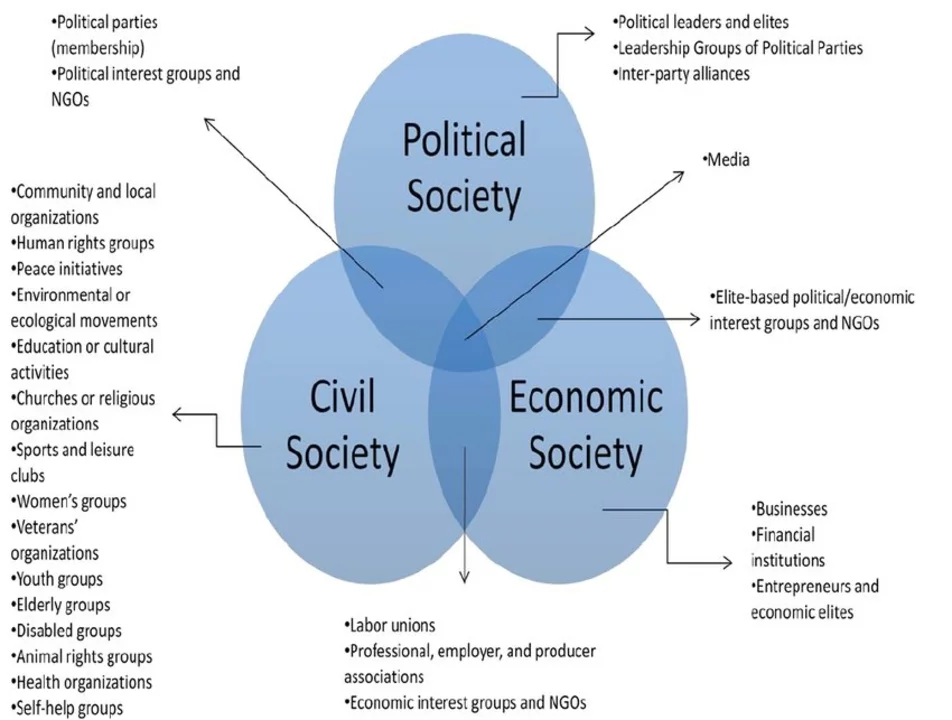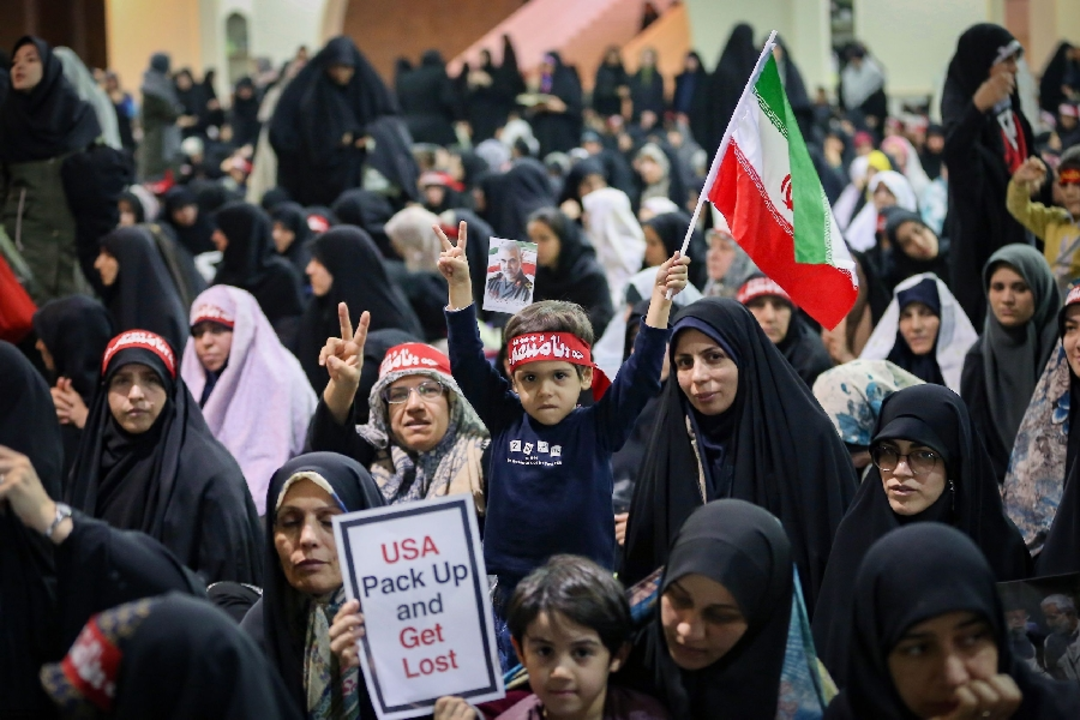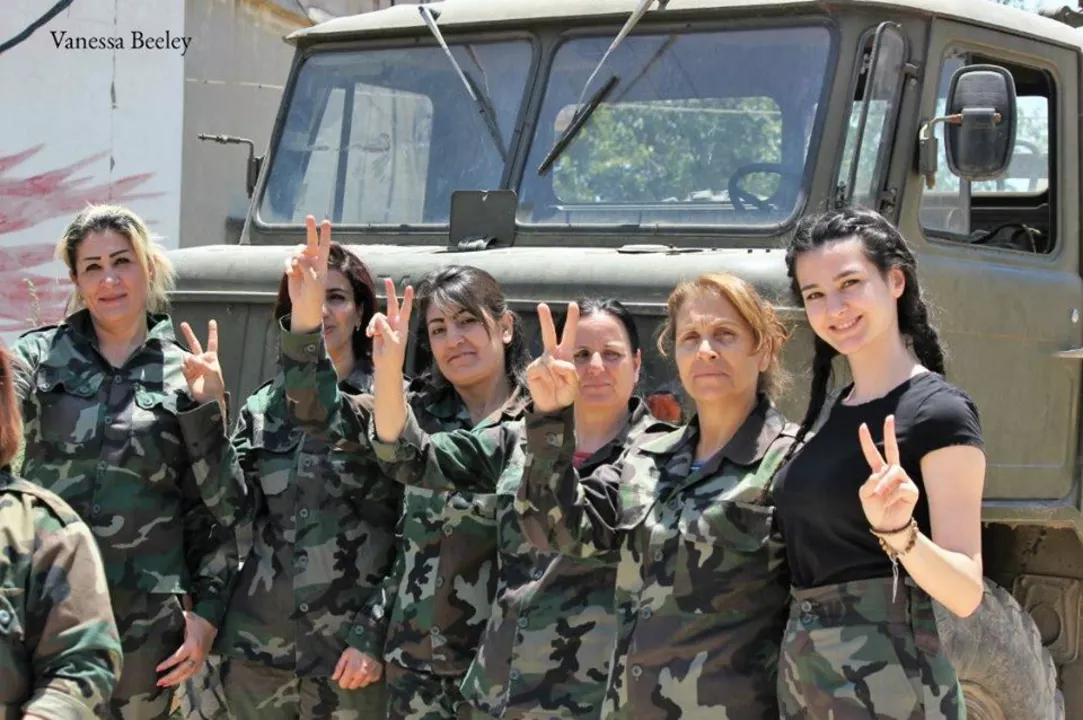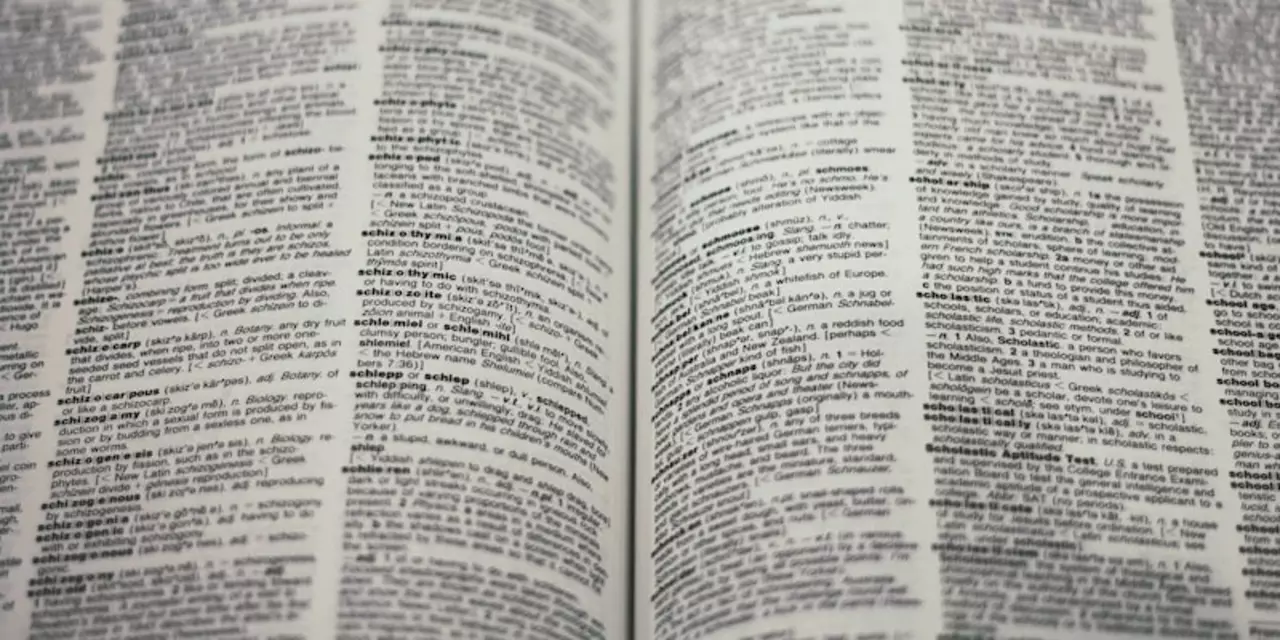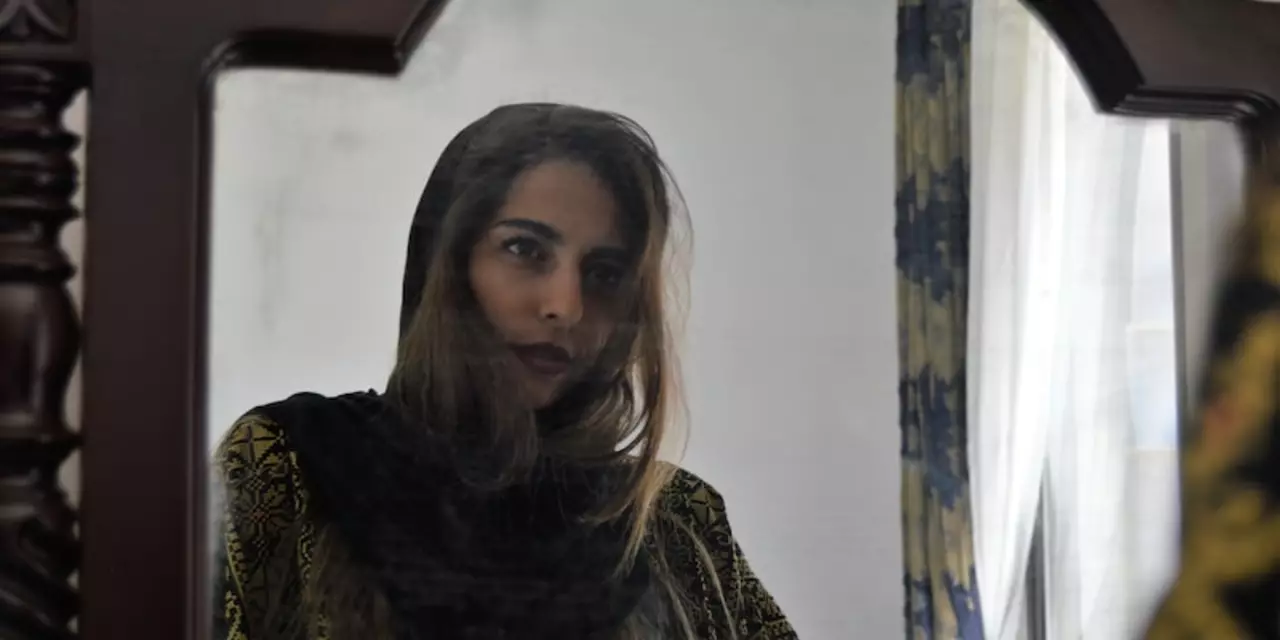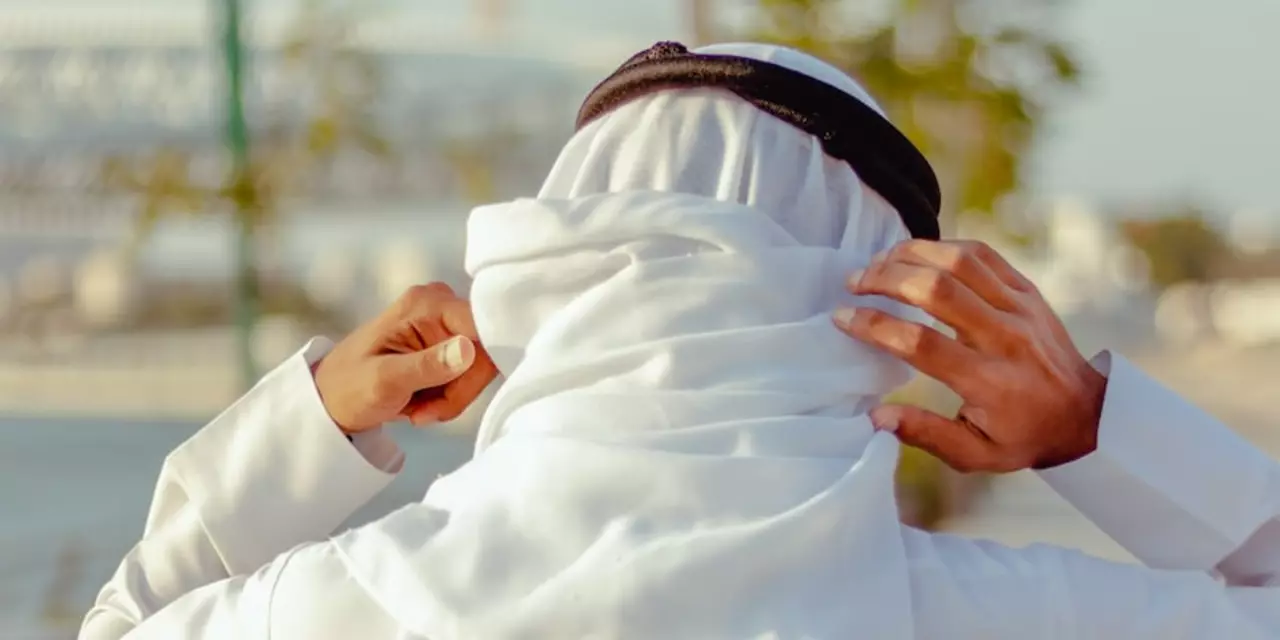Is it culture appropriation for Arabs to wear cornrows?
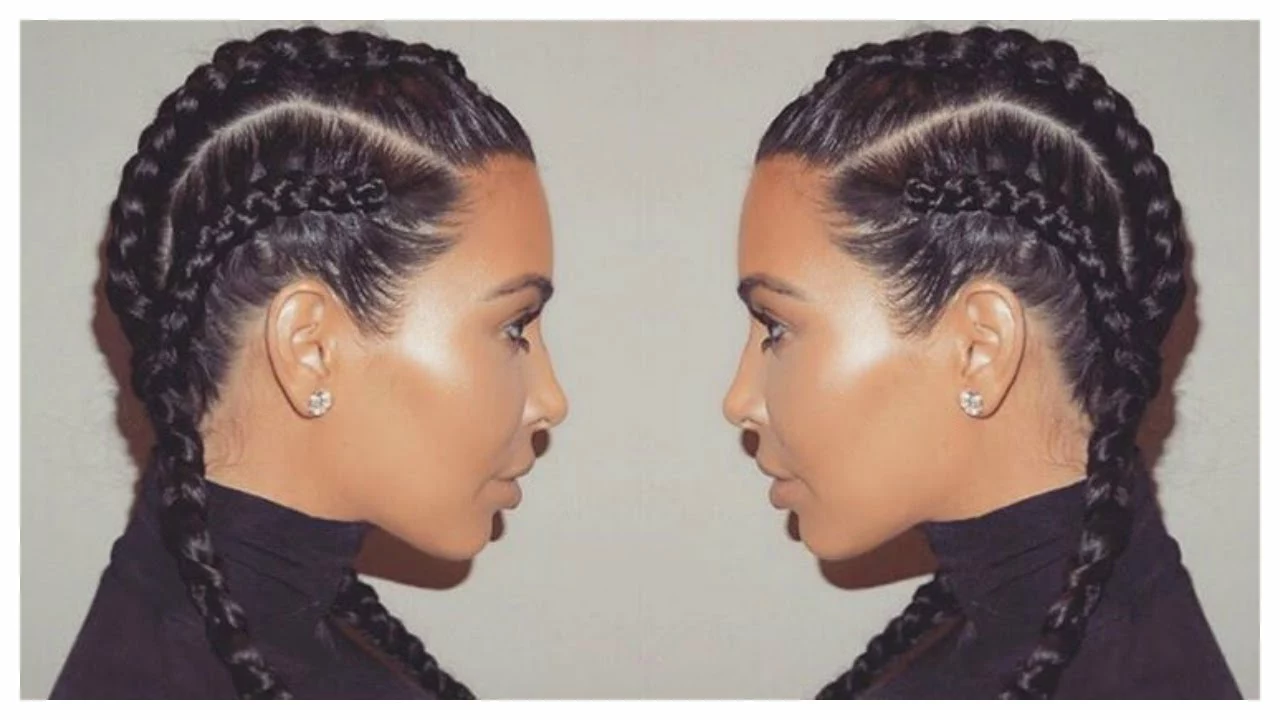
In my recent exploration of the topic, I delved into whether it's cultural appropriation for Arabs to wear cornrows. The conversation isn't black and white, as it involves understanding the intricate layers of cultural identity, respect, and exchange. However, the general consensus leans towards it being inappropriate if it's done without understanding the hairstyle's historic importance in African culture. While some argue that cultural exchange is inevitable in our globalized world, it's pivotal to remember that such exchanges should always be grounded in respect and sensitivity. Ultimately, cultural appropriation becomes an issue when it leads to the exploitation or erasure of the original culture.
Continue Reading